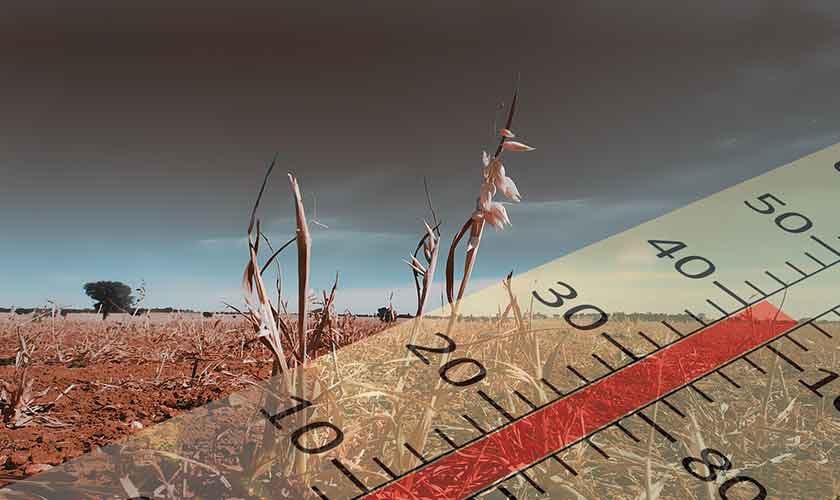
In Pakistan nearly 20 million people are homeless. Many live in poverty, in slums and informal settlements, near shrines, under bridges and flyovers, one sidewalks and road dividers. Pakistan is Asia’s fastest-urbanising country, where 40 million people will live in metropolitan centres and towns by 2023. This is a vast and rapid shift from rural to urban areas. In addition, Pakistan’s existing housing shortage of 10 million people is predicted to grow to 13 million by 2025. The country is in a housing deficit of roughly 32 percent of the population, which is much higher than the neighbouring countries with similar demographics. Both India and Bangladesh have a 12 percent housing shortage. In addition, the Pakistan Bureau of Statistics (PBS) estimates that the average cost of an urban house/ apartment is Rs 12 million, whereas the monthly average wage in urban regions is Rs 34,000. This means that the average person will have to pay it off over 30 years. This makes it extremely difficult for people to own livable places.
At the same time, melting glaciers, unpredictable monsoons and increased catastrophe activity driven by climate change, make Pakistan one of the world’s most vulnerable countries to the impacts of climate change. The magnitude of these impacts is exacerbating the existing social and economic conflicts and environmental risk drivers, especially for marginalised and low-income communities who lack essential services. The current building infrastructure, spur of need and the outdated construction regimes in Pakistan are thus, worsened by the impacts of climate change (large portion of emissions are from building sector which has pushed the world towards sustainable and affordable housing and healthy living conditions by addressing energy efficiency through active and passive techniques and existing infrastructure (water supply, sanitation, storm and wastewater drains, solid waste disposal, transportation and telecommunications, health care, education and emergency response).
In pursuit of this goal, several initiatives are being taken by the government and the private sector in efforts to provide affordable housing schemes like Naya Pakistan Housing and Development Authority, Orangi Housing Society, Khuda ki Basti, etc. Modulus Tech, Agha Khan Agency for Habitat etc are working on low-cost climate-friendly technologies. A pilot programme was started in seven districts and at present the benefits from this programme can be availed in 10 cities. Financing for affordable homes can be availed through commercial banks, intended to incentivise the low-cost housing schemes. However, the challenge lies in designing and implementing sustainable and affordable housing as the ratio of mortgage is relatively low in developing countries including Pakistan. Having a great potential to empower communities and individuals by advocating for a rethinking of municipal climate action and urban planning that prioritises policies and programmes that cut GHG emissions from the built environment, Pakistan needs to address the affordability issues by expanding financial opportunities.
This is where the concept of “low-income, climate-smart housing” emerges from. The idea is to build houses that are more resilient to the impacts of climate change. This includes promoting water conservation, energy-efficient appliances and sources that don‘t only have a lower environmental footprint but are also cost efficient. This calls for the development of new technologies and strategies. Using recyclable materials in housing and construction s one such idea. Use of fibre cement and wood-plastic composites, energy efficient lighting, water saving, waste management, insulation and ventilation can improve carbon neutrality. These are the core passive techniques that can be employed in the housing sector. The energy efficiency component combines technology with high efficiency so that less energy is required to perform the same operations – for example, replacing worn-out weather stripping, repairing leaking ducts, adding insulation and replacing inefficient lighting and appliances/ equipment. These techniques can reduce cumulative energy demand by roughly 24 percent. These dwellings are built to minimise cooling/ heating needs, higher insulation levels, little thermal bridging and maximal availability to utilise solar radiation for heating, better ventilation and heat recovery systems. Many of the house elements are geared towards increasing production and supporting families in becoming more self-sufficient and better prepared to deal with adverse weather.
However, it may be hard to construct cost-effective and environmentally sustainable homes, especially in low-income countries like Pakistan. (According to World Bank low income countries have a per capita gross national income (GNI) of less than $1,026. Pakistan has a GNI ratio of $1,190). Along with high poverty, unawareness, willingness to adapt to climate change, and non-availability of financial opportunities in Pakistan are the primary problems. While there is a boom in housing societies and construction in Pakistan, basic information on the needs and assessment to opt towards climate smart housing practices is lacking. There is a need not only for policy level interventions on monetary and macroeconomic stability, but also capacity building among stakeholders to educate them on the cost-effectiveness of climate smart housing that is sustainable, affordable and reliable. Pakistan Mortgage Refinance Company (PMRC), a secondary mortgage facility owned jointly by private sector banks and the Ministry of Finance, was founded in 2016 to expand the housing sector and provide fixed-rate long-term loans to financial institutions to help them satisfy their liquidity needs. A portion of the PMRC’s lending portfolio to PMLs is designated for product development and low-income lending. It doesn‘t incorporate the techniques to move towards environmentally friendly housing and construction which has a lower carbon footprint.
To have economic stability and green credibility, green bonds have been shown as a promising financial instrument for raising funds. Pakistan has initiated green bonds and blue bonds to combat challenges of climate change- (Green bonds are for clean/ renewable energy projects; the blue bonds are for ocean ecology and related industries). The SBP devised a framework for introducing green banking in 2017 and WAPDA bonds in 2021. Further, Pakistan has plans to launch green bonds for the building and transport sector through which climate-smart housing prospects can be availed. However, a lack of implementation of such policies, and capacity issues in relevant organisations and among stakeholders are the primary challenges to paving the way in low income and climate smart housing in Pakistan.
Pakistan must overcome the coordination gaps between various levels of the government to ensure implementing of such programmes at the ground level. To this end, there is a need to take a multi-stakeholder approach and form a steering committee, consisting of all stakeholders i.e., the federal, provincial and district governments, along with private sector investors and developers to institutionalise a process that brings all players to the table and develop a plan of action for affordable and climate smart housing that helps fight climate change in Pakistan.



